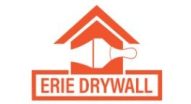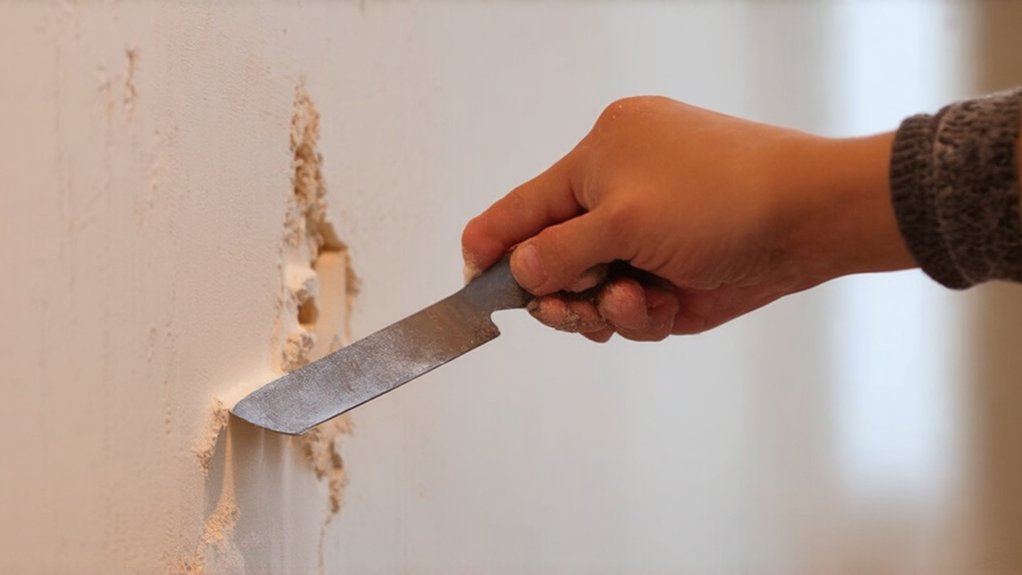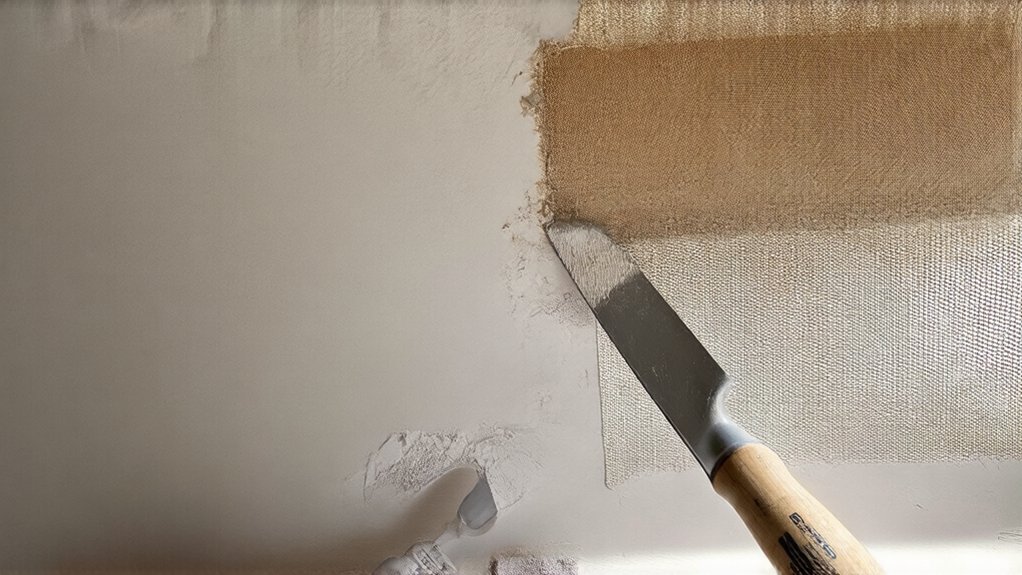You can fix a small hole in drywall quickly and easily by gathering necessary tools and materials, then cleaning the area around the hole. Apply spackling compound, smooth it out with a putty knife, and let it dry. Sand the area gently to achieve a smooth finish. By following these steps, you'll be able to make your repair virtually invisible, and continuing on, you'll uncover even more expert tips.
Gathering Necessary Tools and Materials
You'll often find that fixing a small hole in drywall is easier than you think, and it starts with gathering the right tools and materials. Selecting the right tools is vital. Drywall installation professionals in Erie, PA recommend using high-density, moisture-resistant materials for the best results. When evaluating the hole size, you'll determine the materials needed. Gather a putty knife, drywall patch, and spackling compound. Don't worry, it's straightforward. You're taking the first step to a successful repair, and that's something to feel good about. It's a simple process, and you've got this.
Cleaning the Area Around the Hole
As you begin the repair process, cleaning the area around the hole is crucial because it helps prevent dust and debris from interfering with the fix. You're taking control of the repair, and that's a great step. Drywall repair professionals recommend using proper materials and tools to ensure a high-quality finish. Start by examining nearby surfaces, inspecting for any damage. Gently remove dirt, dust, or debris to guarantee a smooth fix. This helps you feel more in control, and you'll get the best results by taking your time, being careful, and doing it right.
Applying Spackling Compound to the Hole
With the area around the hole clean, it's time to focus on filling the hole itself. You're making progress, and that's something to feel good about.
Now, apply spackling compound, using proper compound application. Fill the hole completely, avoiding excess compound. This will help you achieve a smooth finish, and you'll be one step closer to fixing that hole, feeling proud of your work, and belonging to the group of DIY enthusiasts who can fix things themselves.
Smoothing Out the Compound With a Putty Knife
Since the spackling compound is now applied, it's time to smooth out the area. You're achieving smooth texture by leveling the surface.
- Hold the putty knife at a 45-degree angle
- Gently press the knife
- Smooth out the compound, ensuring it's even
Allowing the Compound to Dry and Sanding
You've successfully applied and smoothed out the spackling compound, now it's time to let it dry completely. Monitor the drying time, usually 30 minutes to an hour.
Once dry, start adjusting sanding to smooth out the area. Be gentle, as rough sanding can damage the drywall. Keep monitoring and adjusting your sanding technique to achieve a seamless finish.
Applying Additional Coats and Finishing Touches
After sanding, inspect the area to see if it's smooth and even. You're blending textures, controlling sheen.
- Apply additional coats
- Inspect the area
- Finish with touches, ensuring a flawless blend.
Painting the Wall to Blend the Repair With the Surrounding Area
As you near the completion of the repair process, painting the wall is crucial to blend the repair with the surrounding area, and it's likely you're eager to see the final result.
You're almost done, and selecting complementary paint sheen and matching existing paint color will make it look seamless. This guarantees a cohesive look, making you feel proud of your work, and it's a wonderful feeling to know you've done it yourself, with a beautiful, professional-looking finish.
Frequently Asked Questions
Can I Use Toothpaste to Fill Drywall Holes?
You're looking for fixes, but using toothpaste won't work, it'll cause texture issues, consider joint compound alternatives for a smooth finish, you'll fit right in with the pros, don't you?
Is Drywall Repair Suitable for DIY Projects?
You're wondering if drywall repair is suitable for DIY projects, it requires skill and tools, but don't worry, you can learn and become proficient in it with practice, becoming an expert.
What Causes Drywall Holes to Crack Again?
You'll notice drywall holes crack again due to improper patching techniques and inadequate wall preparation, don't you, causing frustration and making you feel like you don't belong to the DIY community.
Can I Paint Over Unpainted Spackling Compound?
You can't directly paint over unpainted spackling compound, you're better off priming the spackling compound, then applying multiple coats for a seamless finish that makes you feel like a pro.
How Long Does Drywall Repair Typically Last?
You're wondering how long drywall repair lasts, it depends on drywall patch longevity, using proper preparation techniques guarantees it'll last, making you feel like a pro, part of the community.



